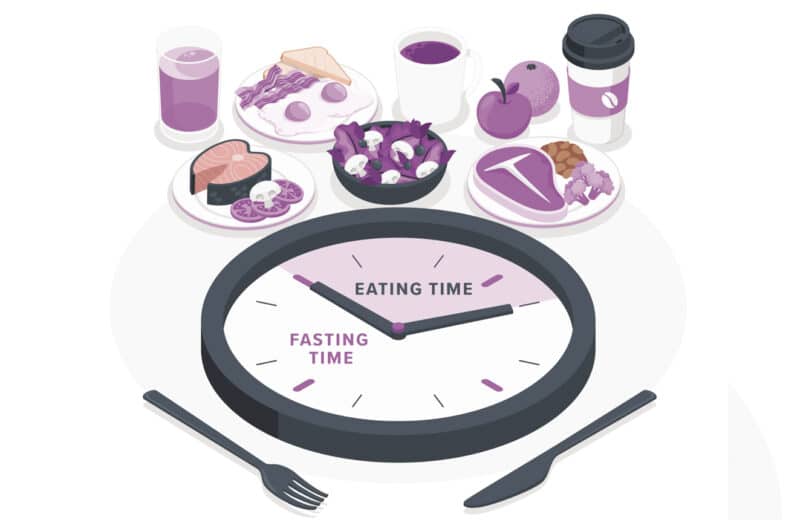Buying a simple carton of eggs, like a lot of things in life, has become more complicated. Do you want free-range? Cage-free? Brown? White? Speckled? Large, medium or small? Here’s how to understand what all those words on the carton mean so you can decide which matter.
Organic
Organic eggs are certified to have been laid by cage-free or free-range hens raised on organic feed and with access to the outdoors. However, a recent report by the Cornucopia Institute indicates that many larger producers don’t always comply with these requirements (especially the outdoor access). Most small-scale farmers were found to be in compliance.
Cage-free
When eggs are “cage-free” the hens can roam in a building, a room or an open area instead of a battery cage, a 16-by-20-inch cage that houses up to 11 birds. This does not necessarily mean that hens have access to the outdoors. Nor does it indicate how much room they have to move around.
Free-range
Eggs labeled “free-range” were laid by hens that have access to the outdoors. This can simply mean the hens have an indoor space connected to an outdoor area — not that they are roaming around “free.” In addition to eating grain, these hens may forage for wild plants and insects.
Egg color
Egg shell color is determined by the breed of hen. An egg may be a pretty shade of blue, rather than white — but there is no inherent nutritional or taste difference between the two.
Grade & size
Grade refers to the quality of the egg. Most consumers won’t notice much of a difference among the grades. You’ll most likely see Grade A, which means the shells are unstained, the yolks are free from defects and they have a “reasonably” clear and thick white. Size refers to the weight of whole eggs per dozen.
Date
Most egg cartons have a “sell by” or a “packed on” date printed on the end. Eggs stored in their carton in the refrigerator should be safe to eat for four to five weeks after they were packed, and for a couple of weeks after the “sell by” date.
Pasteurized
If you want to consume them raw, pasteurized eggs are a smart choice. They are heated in their shells to a temperature just high enough to destroy pathogens like Salmonella.
Hormone-free
This label is on many cartons, but no laying hens are given hormones.
Vegetarian-fed
The eggs come from hens that were fed a vegetarian diet, a controversial practice as chickens are not naturally vegetarian.
Omega-3 enriched
These hens laying these eggs are fed a special diet rich in omega-3 fatty acids. The eggs provide a range of omega-3s, from 100 mg to over 600 mg per egg. For comparison, 3 ounces of salmon has about 1,200 mg omega-3s.
No added antibiotics
Also written as “no antibiotics administered.” It means the hens were not given antibiotics in their feed or water.
Pasture-raised
This term is not USDA regulated. The commonly understood meaning is that eggs are laid by hens that roam and forage on a maintained pasture area. If you can, ask the farmer directly to know for sure what the label means.
(EatingWell is a magazine and website devoted to healthy eating as a way of life. Online at www.eatingwell.com.)













